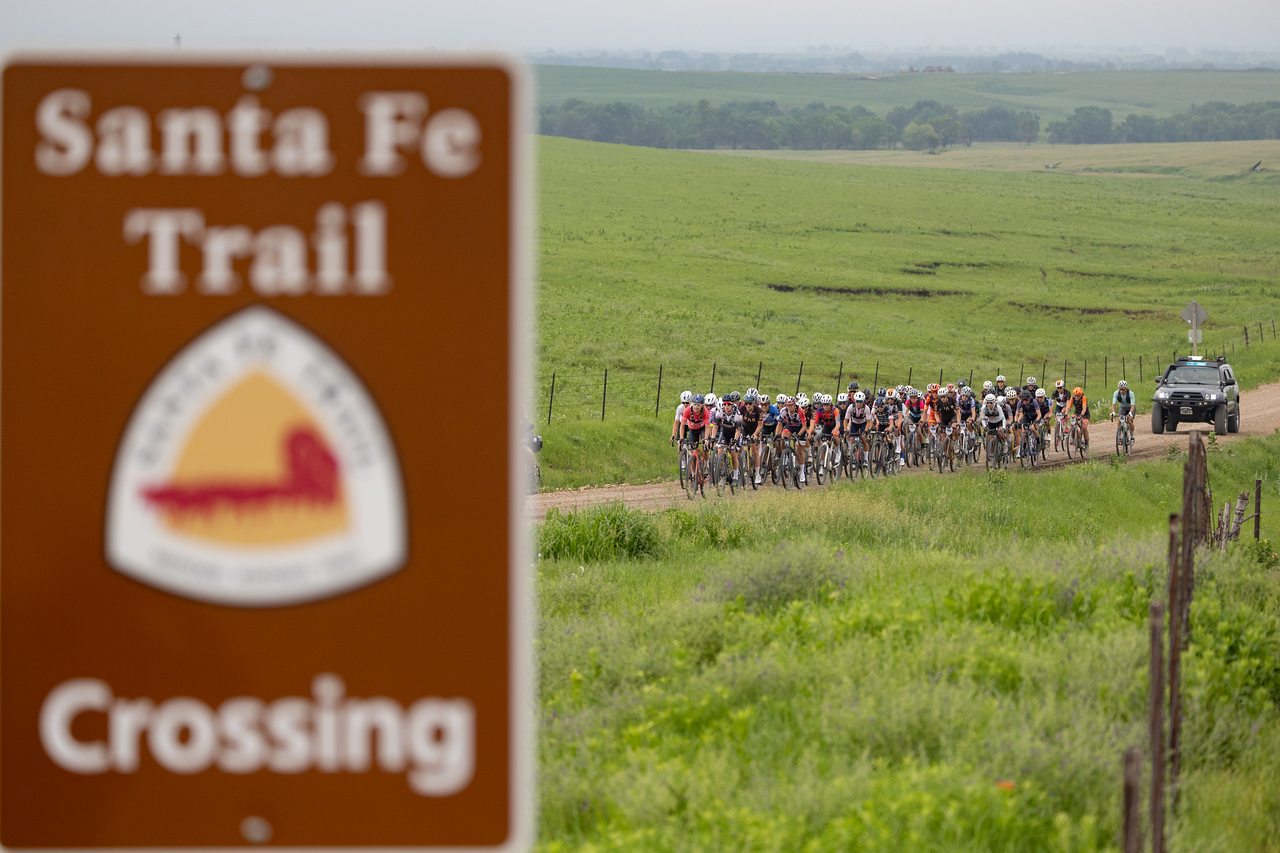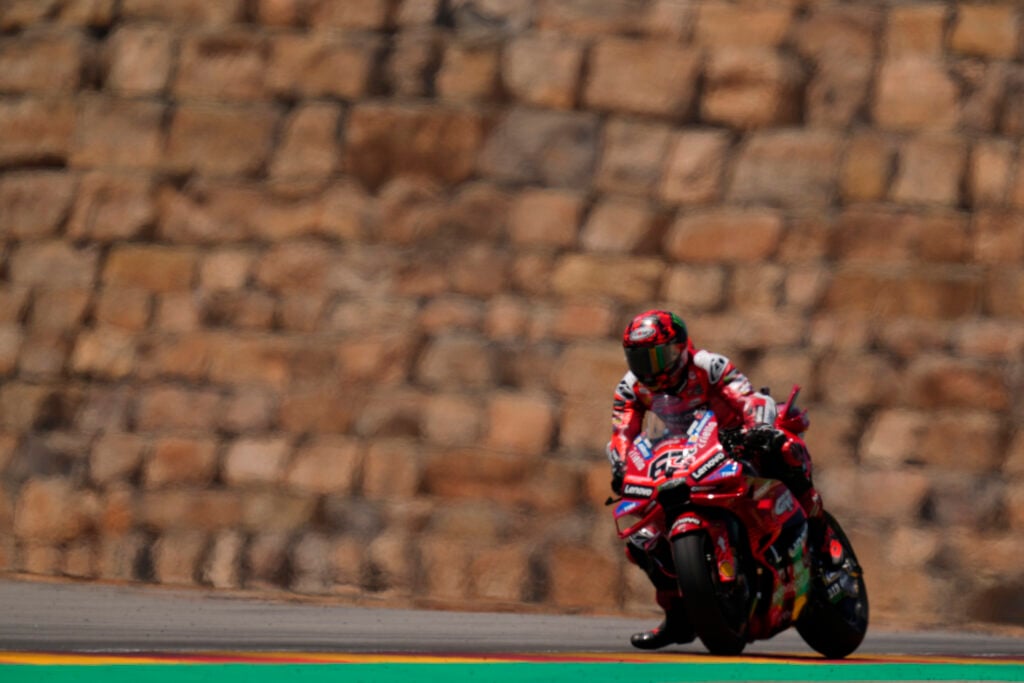;)
GOLF.com’s staffers spent the early portion of U.S. Open week finding out what makes Oakmont such a difficult test.
GOLF.com
Oakmont ain’t your average golf course. According to the USGA, the course rating is 78.1 with a slope rating of 150.
For the first round of this week’s U.S. Open, the greens are rolling in the upper 14s on the Stimpmeter, while the rough is cut at 5.25 inches. The course features a near-300-yard par 3 and stretches out to over 7,400 yards. If a scratch golfer were to play the course, they’d do well to keep it under 80. Simply put: Oakmont is hard.
“I’m glad we’ve got spotters out there,” Rory McIlroy said earlier this week. “I played last Monday … You hit a ball off the fairway and you were looking for a good couple minutes just to find it. It’s very penal if you miss. Sometimes it’s penal if you don’t miss.”
Obviously the fast greens and deep rough will give even the best players in the world fits. But even when Oakmont isn’t in “U.S. Open conditioning,” the course still has plenty of ways to punish players.
“Assuming the rough is lower on a average day at Oakmont, in a non-U.S. Open year,” Jon Rahm said. “The biggest challenge will be those fairway bunkers. They’re usually very penal. Very often deep enough where you don’t have a chance to get to the green due to the length.”
As GOLF.com’s Sean Zak noted, the bunkers do not have steep faces that funnel balls to the middle of the sand. Instead, balls settle right on the edges of bunkers and you have to contend with steep grassy banks when hitting your next shot.
“If your ball ends up [on the edge], you’re not off the fairway by that much,” Zak said. “But you have to go 30 degrees left back into the fairway. There’s no advancing [the ball].”
Check out the entire episode of Seen and Heard below where our writers and editors try to crack the code on what makes Oakmont so difficult.
“>














